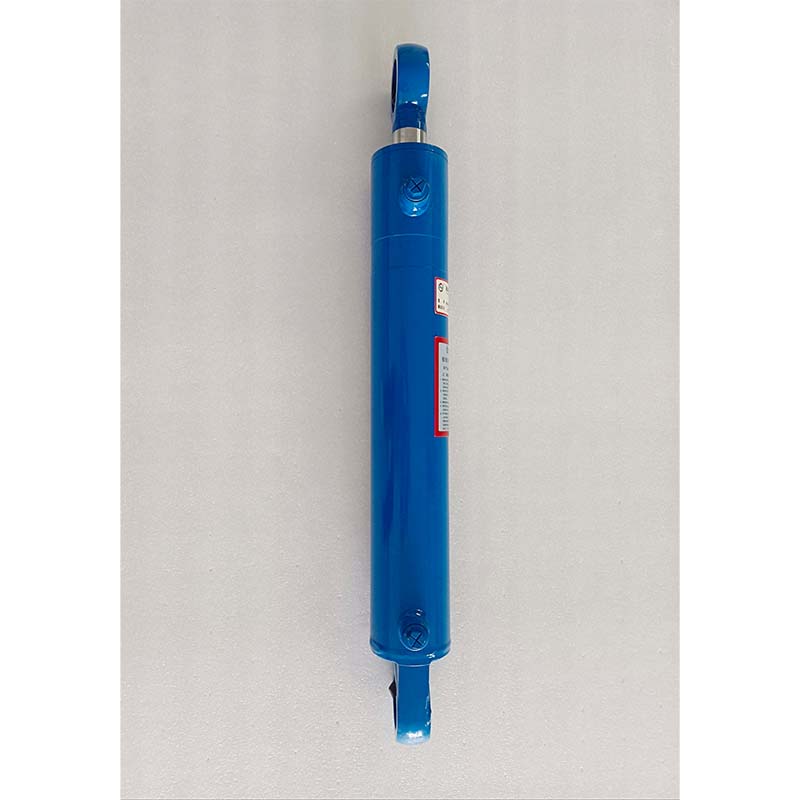Jul . 28, 2024 17:36 Back to list
Explore Innovative Solutions for Tailboard Power Units to Enhance Your Vehicle's Performance and Efficiency
The Importance and Applications of Tailboard Power Unit Products
In the modern logistics and transportation industry, efficiency and reliability are paramount. One essential component that plays a critical role in ensuring smooth operations is the tailboard power unit. These units are designed to provide electrical power to various equipment and systems located at the back of vehicles, particularly those used for transporting goods.
What is a Tailboard Power Unit?
A tailboard power unit (TPU) is an electrical system mounted on the rear of trucks or trailers that supplies power for various operations, including hydraulic lifts, lighting, and equipment charging. Unlike traditional power sources, which rely on the vehicle's engine, a TPU draws power from its own dedicated source or the vehicle's electrical system, ensuring that operations can continue without affecting engine performance.
Key Features of Tailboard Power Units
1. Versatility Tailboard power units are designed to meet a variety of needs across different industries. They can power hydraulic systems for lifts, refrigeration units for perishable goods, and even battery charging systems for tools and equipment.
2. Compact Design Most TPUs are compact and lightweight, making them easy to install and integrate with different truck configurations. This design allows for streamlined operations without taking up too much space.
3. Ease of Use Many units come with user-friendly interfaces, ensuring that operators can quickly and efficiently engage and control the power source, often with just the push of a button.
4. Durability Tailboard power units are built to withstand the rigors of transportation and working in varying weather conditions. They are typically constructed from robust materials that resist corrosion and damage from environmental factors.
Applications in Various Industries
tailboard power unit products

Tailboard power units are utilized across numerous sectors, highlighting their importance in enhancing operational efficiency
.1. Logistics and Transportation In freight and logistics companies, TPUs facilitate loading and unloading processes. They power tail lifts, making it easier to handle heavy cargo and reducing the time needed for these operations.
2. Food and Beverage In the food transportation industry, TPUs are vital for powering refrigeration units. Maintaining temperature control during transit is crucial for perishable goods, ensuring compliance with health and safety regulations.
3. Construction On construction sites, tailboard power units provide the necessary power for tools and equipment. This feature eliminates the need for bulky generators, creating a safer and more organized work environment.
4. Emergency Services Emergency response vehicles equipped with TPUs can power essential equipment like lights and communication systems, ensuring that first responders are always prepared to act in critical situations.
The Future of Tailboard Power Units
As technology continues to advance, the design and efficiency of tailboard power units are expected to evolve. Innovations such as solar integration and improved battery technology could increase their capacity and reduce reliance on fossil fuels, aligning with global efforts toward sustainability.
Moreover, as the demand for electric and hybrid vehicles increases, tailboard power units will likely adapt to integrate seamlessly with these new technologies, ensuring that operations remain efficient and environmentally friendly.
Conclusion
Tailboard power units are a critical component in modern transportation and logistics. Their versatility, compactness, and durability make them indispensable in various applications, from powering hydraulic lifts to refrigeration units. As industries continue to grow and adapt to new challenges, the importance of reliable power sources like TPUs will undoubtedly increase, paving the way for innovations that enhance efficiency and sustainability.
-
Fork Lift Power Units - Hebei Shenghan | Efficiency, Reliability
NewsJul.13,2025
-
1.5-Ton Turbocharged Cylinder-Hebei Shenghan|Hydraulic Solution,Energy Efficiency
NewsJul.13,2025
-
Auto Hoist Power Units-Hebei Shenghan|Efficiency&Industrial Lifting
NewsJul.13,2025
-
Double Acting Power Units-Hebei Shenghan|Hydraulic Solutions,Industrial Efficiency
NewsJul.13,2025
-
1.5 Ton Lifting Cylinder 70/82-40-290-535 - High-Performance Hydraulic Solution | Hebei Shenghan
NewsJul.13,2025
-
Fork Lift Power Units - Hebei Shenghan | Efficiency&Reliability
NewsJul.13,2025
